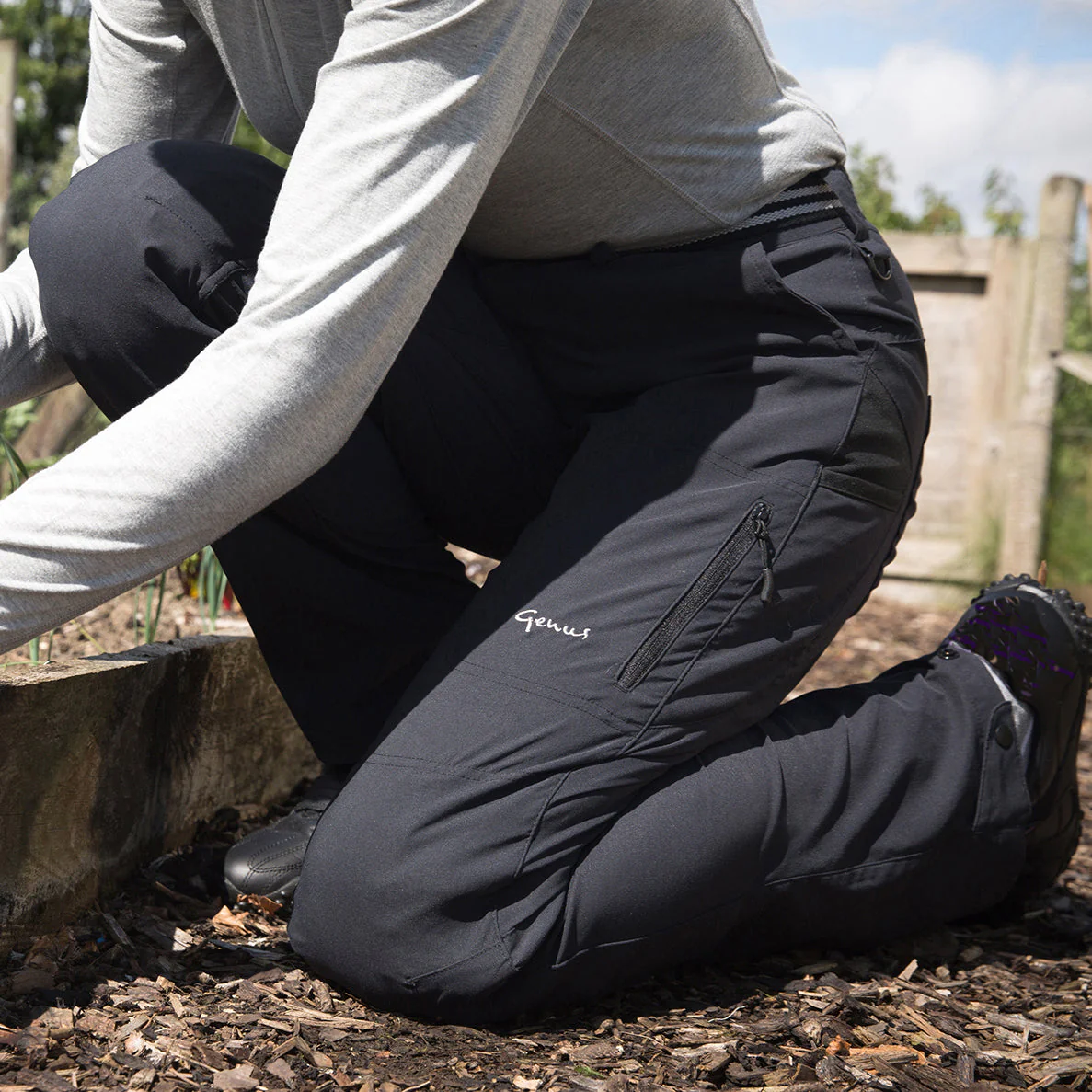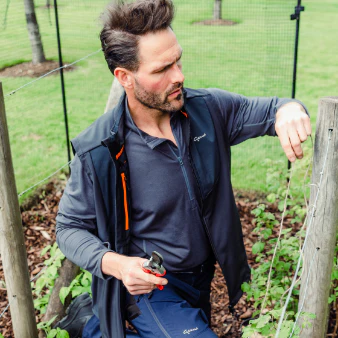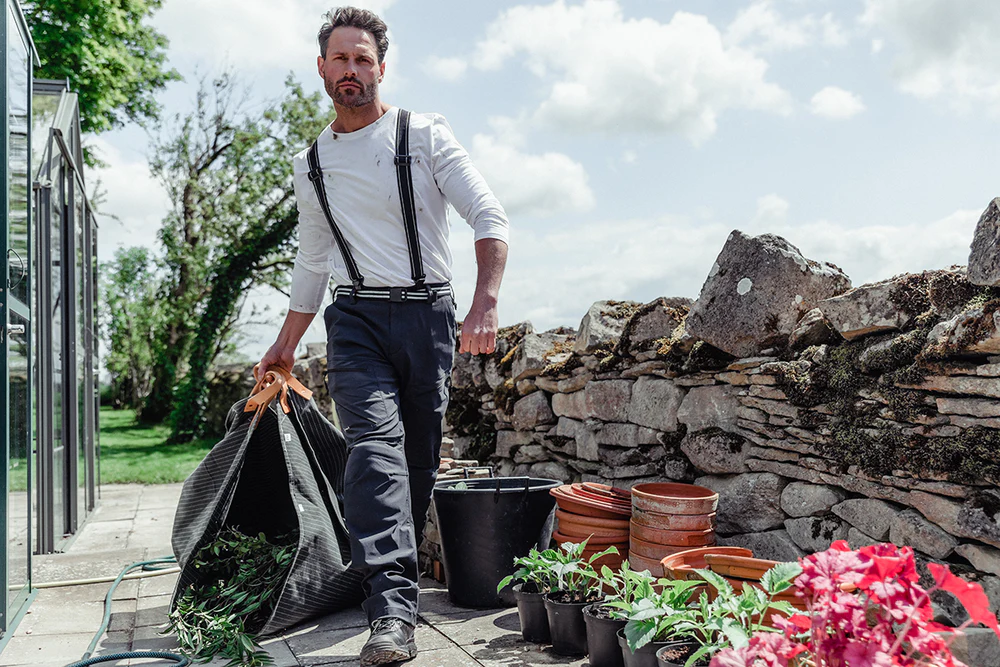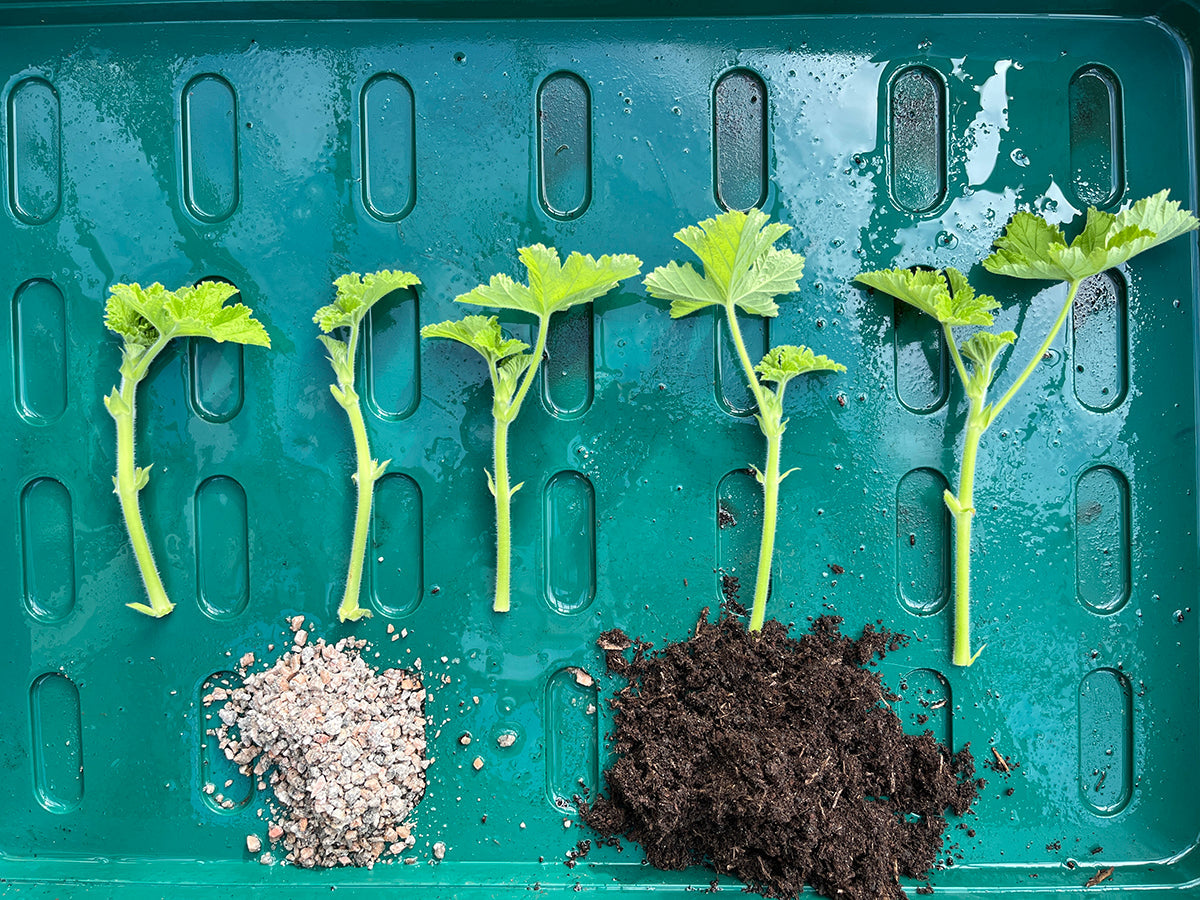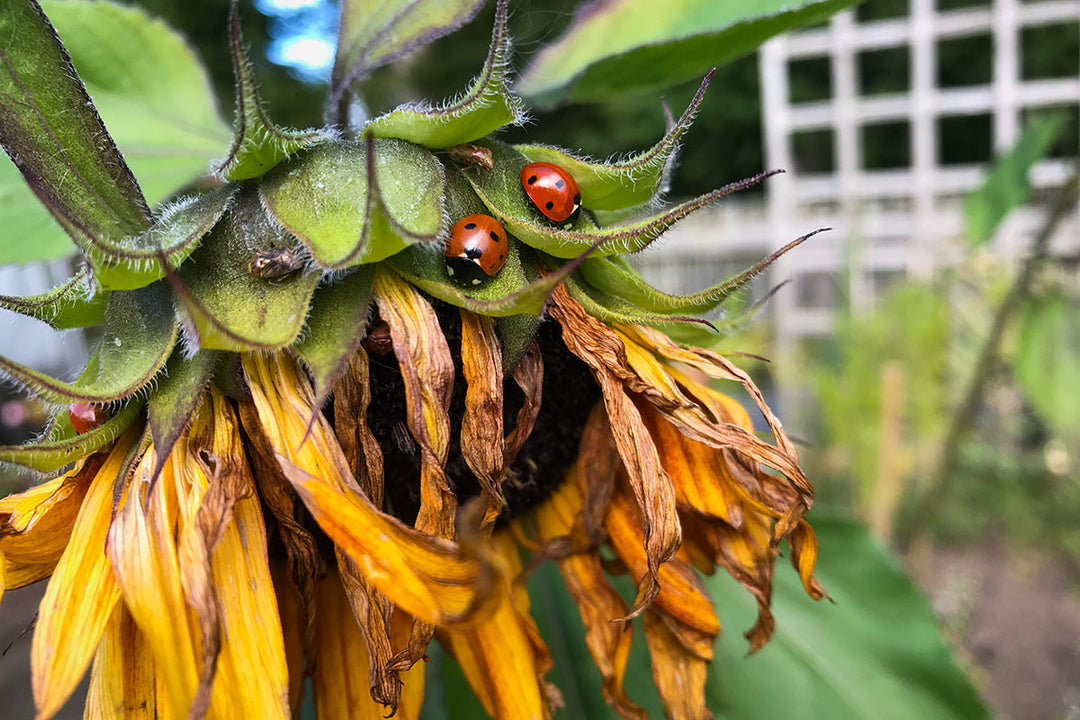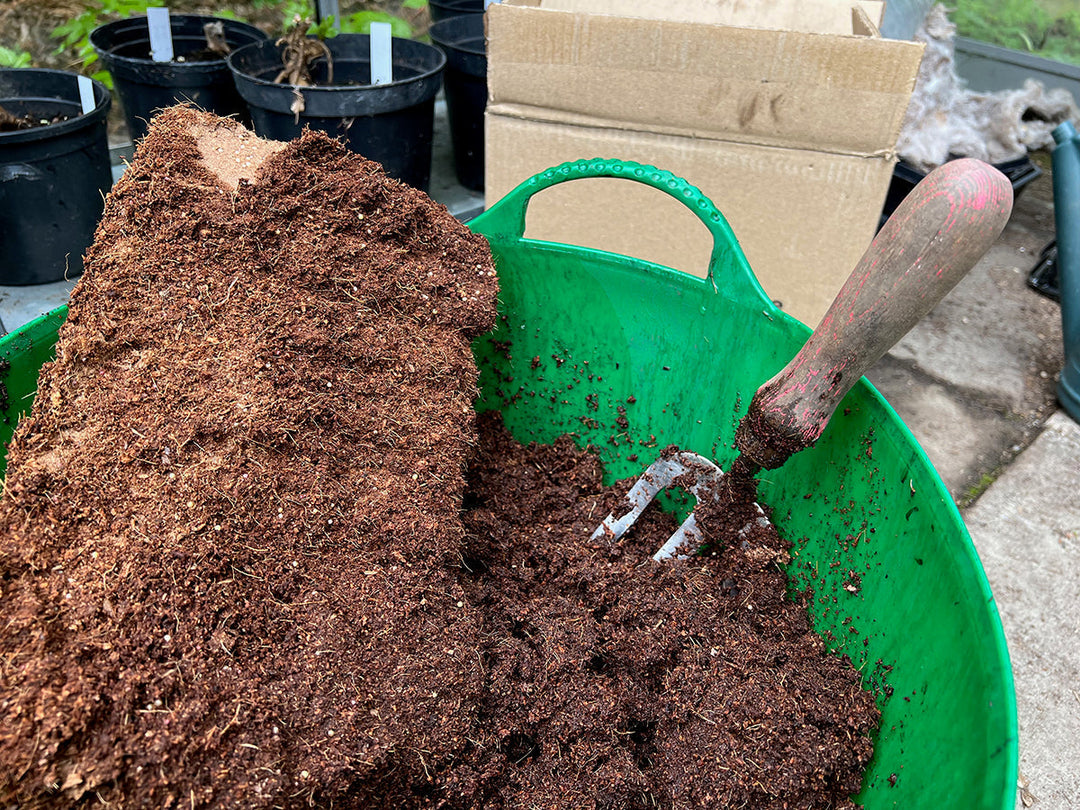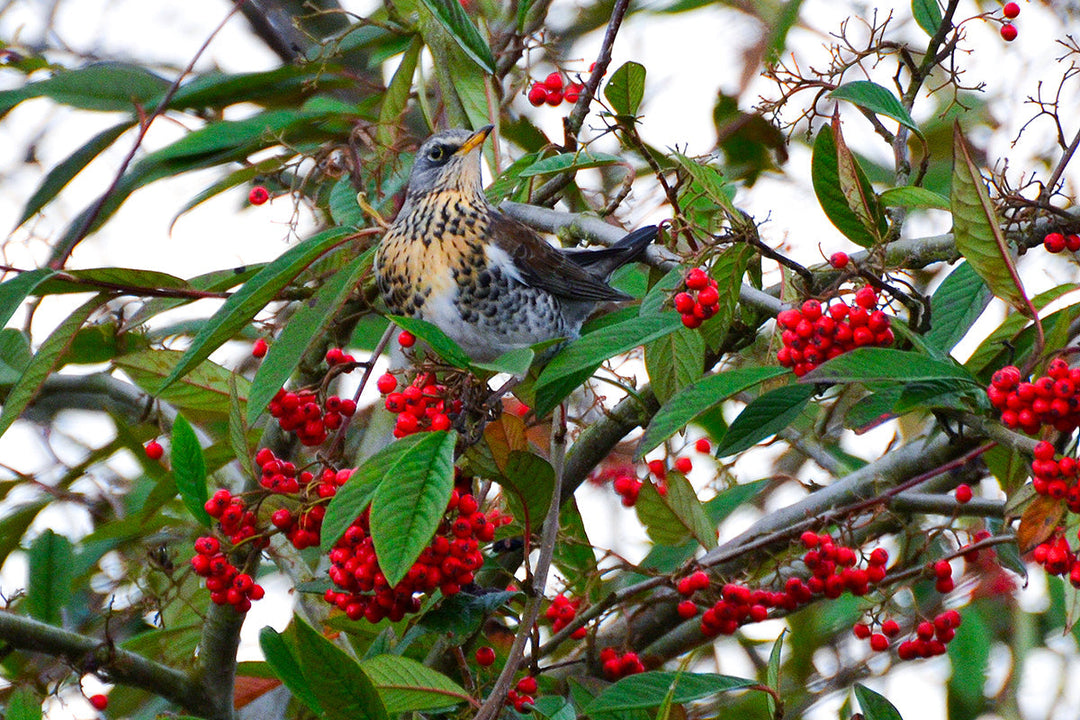Echinaceas
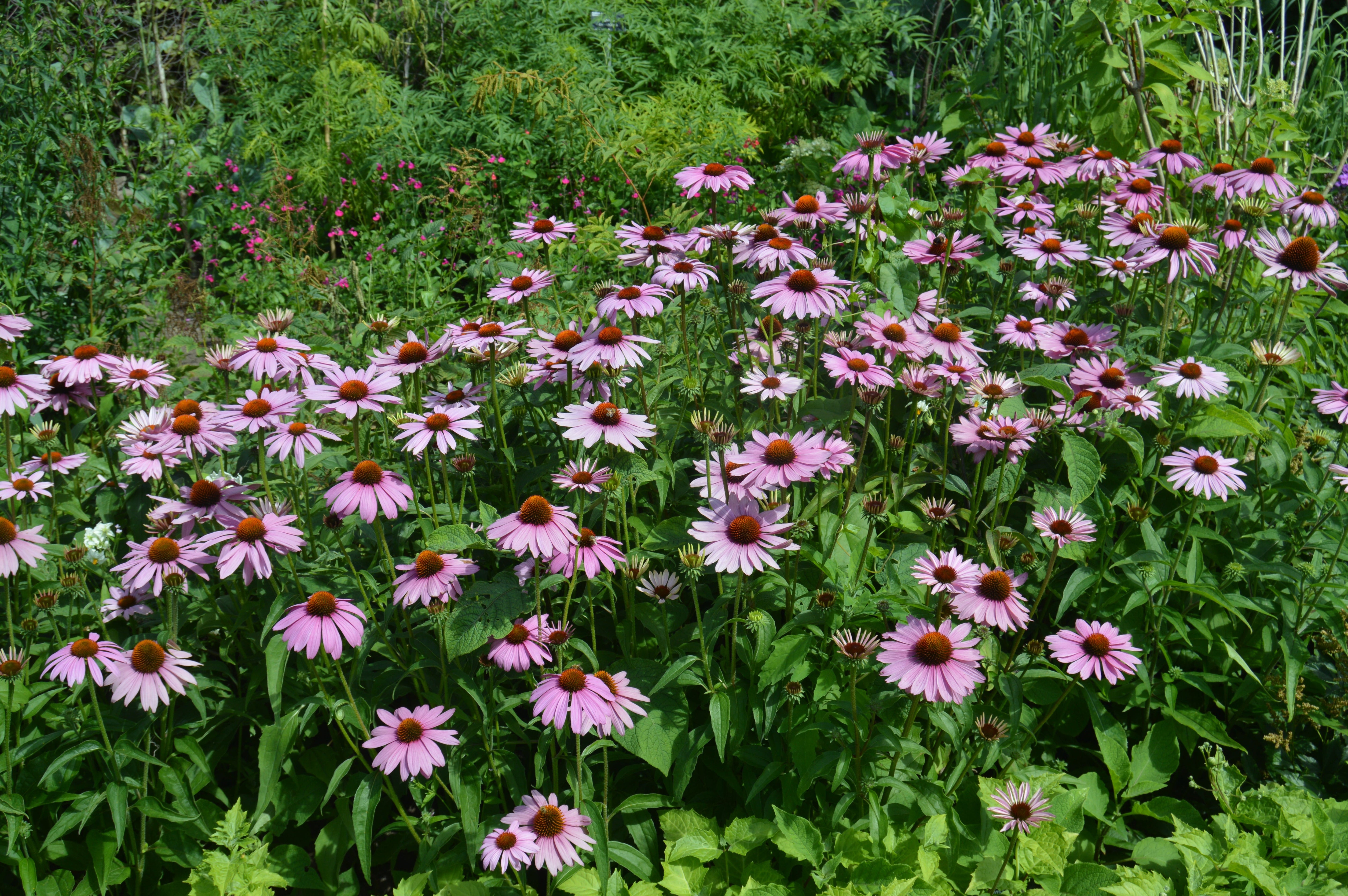
We all love a daisy! Something about that radiant sun-like shape. Echinaceas have been around a long time, but the revival of interest in perennials have really brought them to the fore. There has been a lot of hybridising work too, bringing in the gene for yellow flowers, as well as some rather regrettable breeding work producing doubles and fancy forms, which to the minds of many look horrible, and more importantly, close off the flower to bees and pollinators.
These mid-sized, summer to early autumn flowering perennials are easy enough to grow: fertile soil and full sun. But there is a catch, as many gardeners find them short-lived. I've done quite a bit of investigating here and there is no easy answer. The most reliable are the forms of the best-known one, E. purpurea, such as 'Magnus' or 'Rubinstern'; E. pallida with reflexed petals, is pretty good too. However amongst the hybrids, the more yellow the flower, the more likely they are to rot off in the winter – the yellow comes from a species with little tolerance of damp. Much echinacea foliage is quite low down, and like many plants with similarly-placed leaves, they do not like competition, such as shading from taller surrounding plants.
In hot summers, or in long, warm autumns, echinaceas can produce viable seed, with seedlings appearing next spring. This is perhaps the ideal answer to their being a bit unreliable – your own self-regenerating population of these cheerfully attractive flowers.


